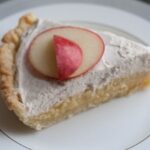Apple Cider Cream Pie
This unassuming apple cider cream pie with cinnamon whipped cream is perfect for updating Thanksgiving desserts; I serve it on my Mexican themed Menu.
Ingredients
crust
- 1 cup all-purpose flour
- 1 tablespoon cornstarch
- 1 tablespoon sugar
- 1 teaspoon kosher salt
- 1 stick unsalted butter; diced and chilled
- 3 tablespoons cold milk
- 1 teaspoon apple cider vinegar
filling
- ½ cup boiled cider
- ¾ cup granulated sugar
- ¾ cup sour cream or yogurt
- ¼ teaspoon salt
- 5 large eggs
topping
- 1 cup heavy cream
- ¼ cup granulated sugar
- ½ teaspoon cinnamon
Instructions
- In a food processor, combine the flour, cornstarch, sugar and salt. Add the butter and pulse until the mixture resembles coarse meal. Stream in the milk and vinegar. Pulse until the dough just comes together. Combine dough into a ball and flatten into a disk. Wrap in plastic and refrigerate until chilled (30 minutes).
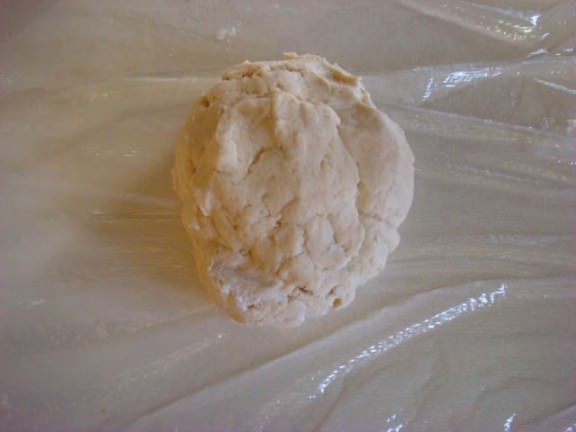 On a floured counter, roll out the dough and place into a 9-inch pie pan. Trim the dough and embellish as you see fit: crimp, fork, flute, etc. Preheat the oven to 425° F. Chill the crust in the fridge until firm (15 minutes). This crust is a little fussy. It’s best if blind baked, but it also has a tendency to burn on the edges. To blind bake, use pie weights or dried beans to fill the pie shell (ine with foil or parchment to prevent sticking). Bake in the lower third of oven for 15 minutes. Remove parchment and pie weights. If edges have already contracted, push them back up the sides of the pan with a spatula. Cover the edge of the crust with strips of foil and bake for about 15 minutes longer, until the crust is just set but not browned. Press the bottom of the crust lightly to deflate it as it puffs; let cool (keep the foil strips on for the second baking). Lower the oven temperature to 350° F. Whisk in ¾ cup of the sugar, sour cream, and salt, then the eggs. Pour custard into the pie shell.
On a floured counter, roll out the dough and place into a 9-inch pie pan. Trim the dough and embellish as you see fit: crimp, fork, flute, etc. Preheat the oven to 425° F. Chill the crust in the fridge until firm (15 minutes). This crust is a little fussy. It’s best if blind baked, but it also has a tendency to burn on the edges. To blind bake, use pie weights or dried beans to fill the pie shell (ine with foil or parchment to prevent sticking). Bake in the lower third of oven for 15 minutes. Remove parchment and pie weights. If edges have already contracted, push them back up the sides of the pan with a spatula. Cover the edge of the crust with strips of foil and bake for about 15 minutes longer, until the crust is just set but not browned. Press the bottom of the crust lightly to deflate it as it puffs; let cool (keep the foil strips on for the second baking). Lower the oven temperature to 350° F. Whisk in ¾ cup of the sugar, sour cream, and salt, then the eggs. Pour custard into the pie shell. 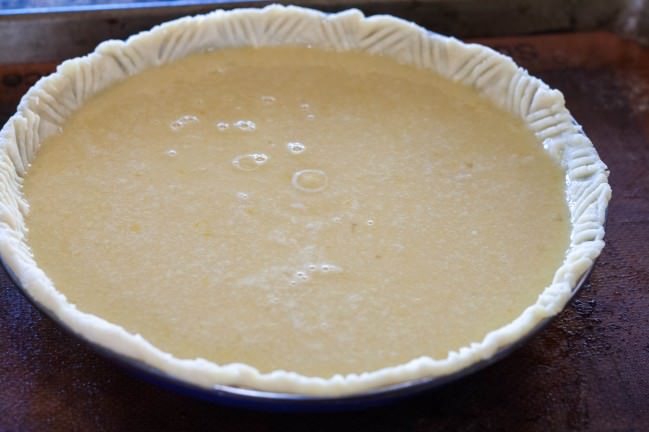 Bake in the lower third of the oven for 35 to 40 minutes, until custard is set around the edge but the center is slightly jiggly.
Bake in the lower third of the oven for 35 to 40 minutes, until custard is set around the edge but the center is slightly jiggly. 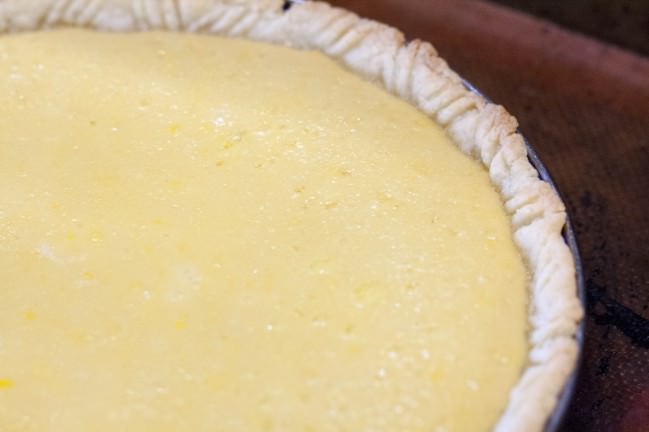 Let pie cool completely. Using a mixer, beat the heavy cream with the remaining ¼ cup of sugar and the cinnamon until firm. Mound the cream on the pie.
Let pie cool completely. Using a mixer, beat the heavy cream with the remaining ¼ cup of sugar and the cinnamon until firm. Mound the cream on the pie. 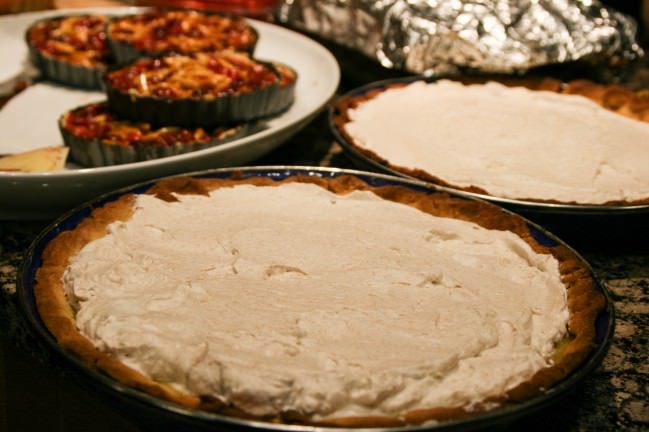 Thin apple slices make a beautiful garnish. Pie makes ahead well. It's slightly better to do the whipped cream just before you serve, but it holds up remarkably well even the next day. It's hard to believe there's ever been leftovers, but...
Thin apple slices make a beautiful garnish. Pie makes ahead well. It's slightly better to do the whipped cream just before you serve, but it holds up remarkably well even the next day. It's hard to believe there's ever been leftovers, but... 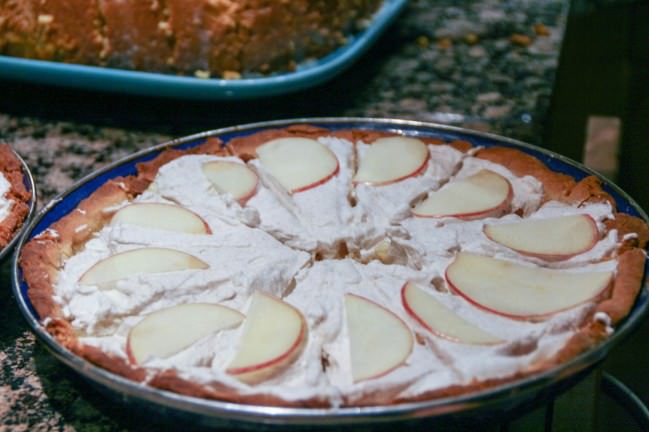
Notes
Adapted from Allison Kave for Food and Wine
